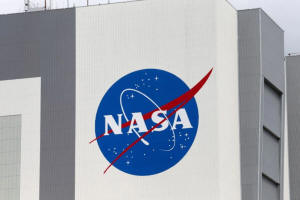|
WHY IT'S IMPORTANT
The launch, aboard the SpaceX Transporter-11 Rideshare mission,
is a milestone for the Carbon Mapper Coalition, which was formed
in 2021. The partnership includes NASA's Jet Propulsion
Laboratory, satellite firm Planet Labs, RMI and Arizona State
University, with financial backing from High Tide Foundation,
Bloomberg Philanthropies, Grantham Foundation for the Protection
of the Environment, Zegar Family Foundation and Children's
Investment Fund Foundation.
The satellite, called Tanager-1, will be able to spot methane
leaks from individual facilities such as oil refineries and
landfills. The technology is meant to help polluting industries
find and plug leaks, and data will be available through a public
online portal.
Carbon Mapper plans to launch additional satellites that,
combined, will be able to track up to 90% of the world's large
methane plumes daily.
Scientists say identifying methane sources is crucial to making
the drastic emissions cuts needed to avoid the worst impacts of
climate change.
KEY QUOTE
"There is more momentum than ever to act on climate. But a lack
of public and private investment in global methane and CO2
monitoring has left gaps that leave many emissions untracked and
unaddressed," Richard Lawrence, founder of High Tide Foundation,
said in a statement.
BY THE NUMBERS
Methane is more than 80 times more powerful than carbon dioxide
in its first 20 years in the atmosphere.
"Super-emitters," or sources that emit more than 100 kilograms
(220 lb) of methane per hour, contribute up to 20% to 60% of a
region's total emissions in some sectors, Carbon Mapper Chief
Executive Riley Duren said.
SpaceX will launch the satellite from Vandenberg Space Force
Baser in California. The 53-minute window for launch opens at
11:20 a.m. local time (1820 GMT).
(Reporting by Nichola Groom; Editing by Stephen Coates)
[© 2024 Thomson Reuters. All
rights reserved.]
Copyright 2022 Reuters. All rights reserved. This material may
not be published, broadcast, rewritten or redistributed.
Thompson Reuters is solely responsible for this content.

|
|




